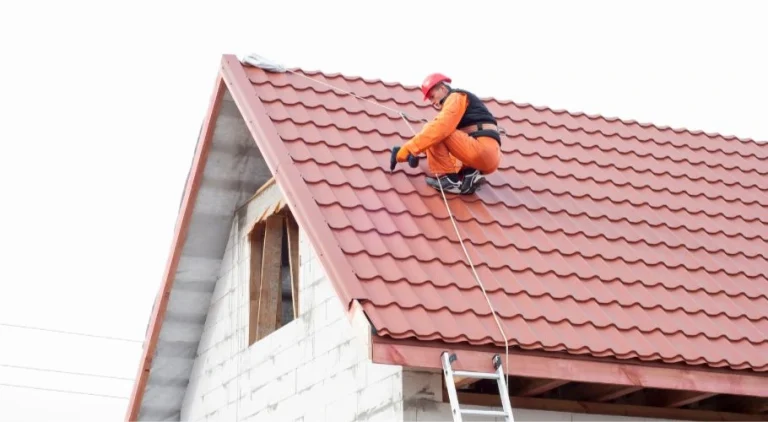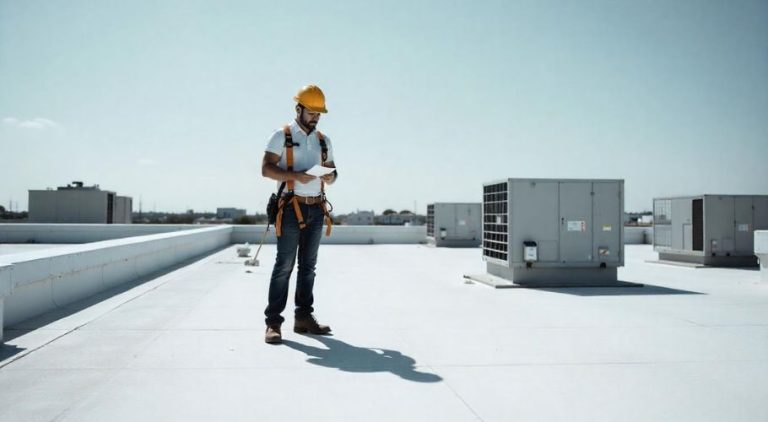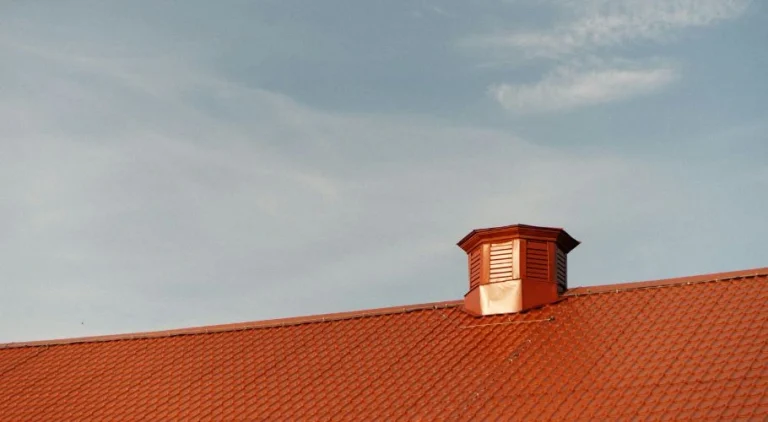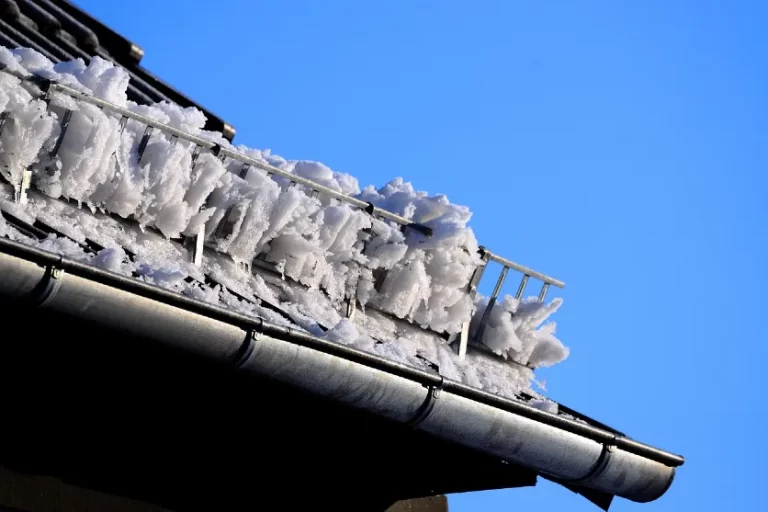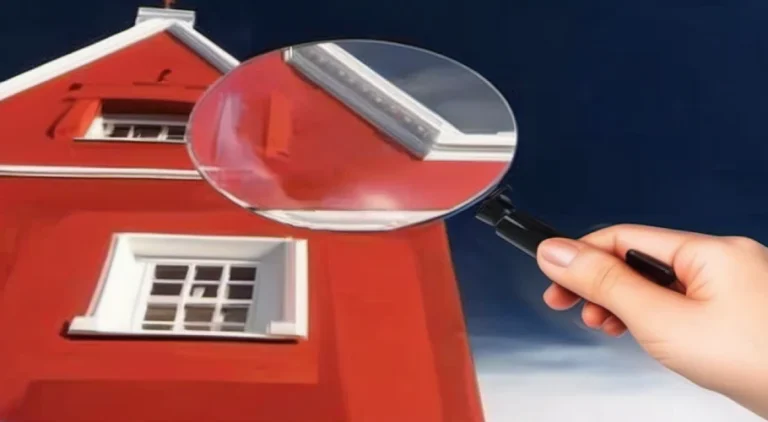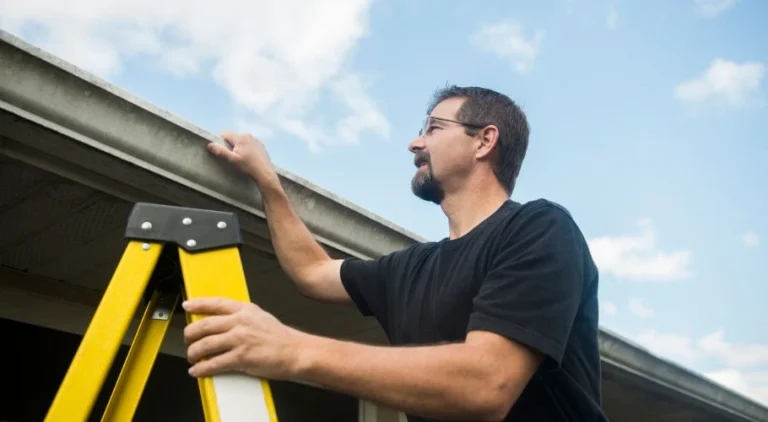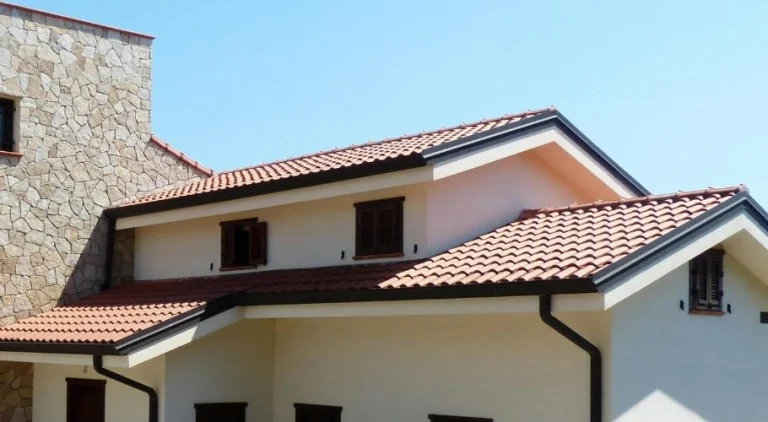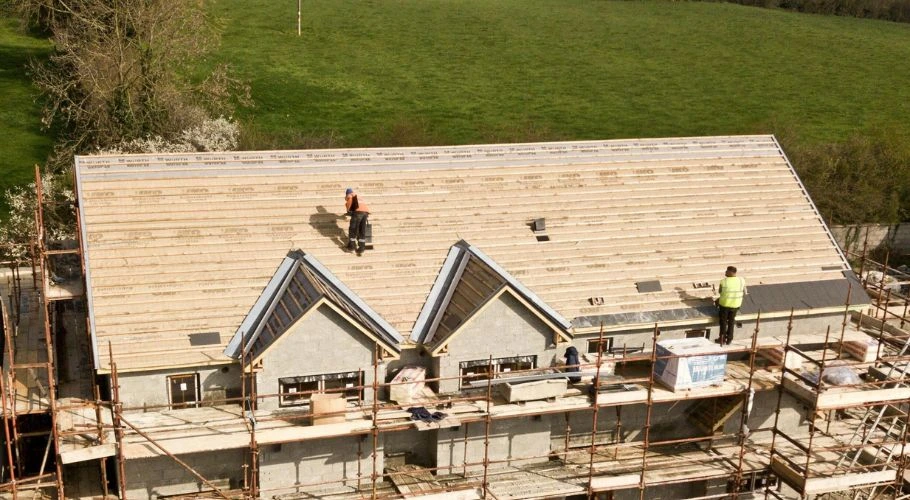The Connection Between Your Roof Vent and Energy Efficiency
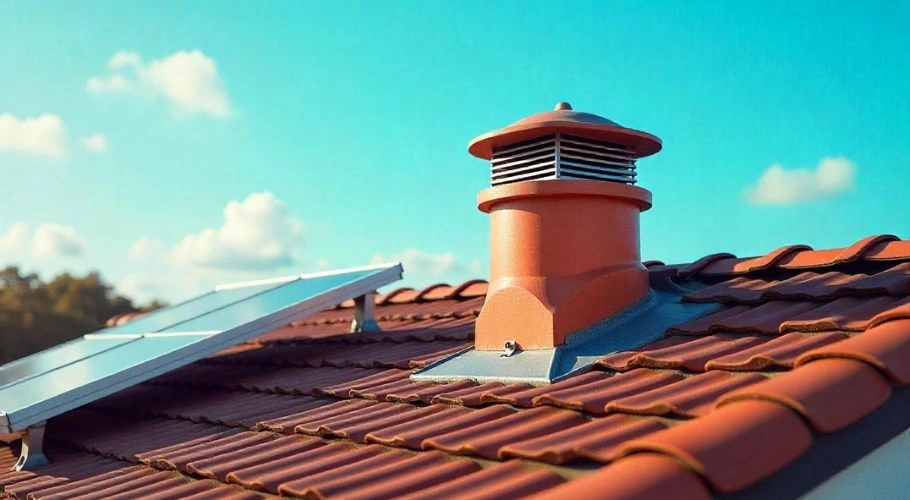
Most homeowners know the importance of insulation and windows and how these things contribute to a more energy-efficient home. But they often overlook a key component: the roof vent. A well-ventilated roof can lower energy bills and help you keep your home at a comfortable temperature. Not only will you save money, but you can also prevent energy waste and reduce greenhouse gas emissions. As pro roofers, our team at Robbins Roofing is all about well-designed roof vents, because aside from promoting energy efficiency, they’re also good for your roof’s health!
What Is Roof Ventilation?
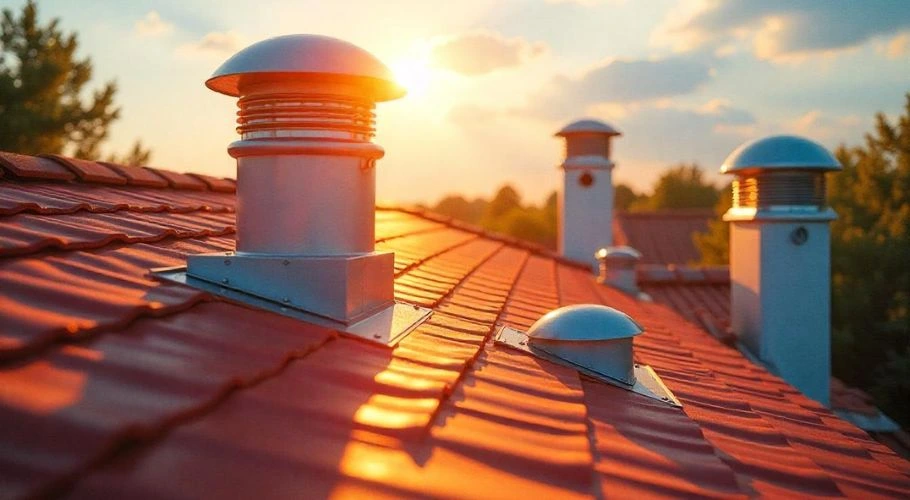
Roof ventilation is a system designed to create continuous airflow in the attic space between the roof’s insulation and sheathing. It works by allowing outside air to enter the attic at the soffits (under the eaves of the roof) and exit at higher points, such as ridges or vents. This movement of air helps regulate the temperature and moisture levels in the attic. When designed and installed correctly, the average household can expect efficiency improvements right away.
Why Is It Necessary?
On an individual level, proper roof ventilation can help you save money. How so? Well, roof vents play an important role in maintaining the desired temperature inside your home. As a result, your air conditioners or heating systems won’t be overworked in an effort to keep your indoor temperature stable. The result is usually cheaper utility bills.
Aside from financial incentives, you can contribute to a clean energy economy and help combat climate change, especially when your entire community prioritizes energy-efficient ways to lessen your collective greenhouse gas emissions. Even a seemingly trivial thing like having a properly installed and well-designed roof vent can help address energy equity and pull less electricity from power plants, which burn fossil fuels and create air pollution.
How Do Roof Vents Contribute to Energy Efficiency?
1. Reduces Cooling Costs
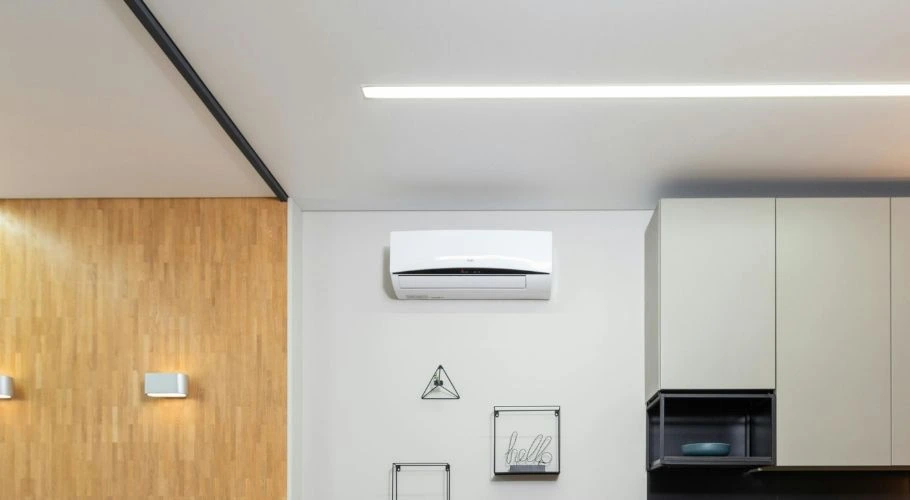
During the hot summer months, temperatures in your attic can skyrocket to more than 160°F if not properly ventilated. The heat doesn’t just stay in your attic; it can seep into your living spaces, straining your air conditioning system. Effective roof ventilation makes it possible and easier for hot air to escape, maintaining a cooler attic and, consequently, a cooler home. This means your AC doesn’t need to overexert itself, therefore using less energy and increasing your cost savings.
2. Prevents Ice Dams in Winter

In contrast, during the winter, proper attic ventilation plays a different role. Heat from your home can rise to the attic, melting the snow on the roof. The melted snow can then refreeze at the roof’s edge, forming ice dams that prevent proper drainage and can cause water to back up under the shingles, leading to leaks. Proper ventilation keeps the attic and the roof surface at a more consistent and cooler temperature, putting a stop to the thaw-freeze cycle that leads to ice dams.
3. Extends Roof Lifespan

The temperature regulation provided by good roof ventilation also extends the life of your roofing materials. Shingles subjected to high temperatures from below (a common scenario in poorly ventilated attics) can deteriorate much faster. Keeping the attic temperature much more stable means reducing this risk and thereby protecting your investment in your roofing materials.
4. Reduces Moisture and Mold

Another benefit linked to energy efficiency is moisture control. In cooler weather, poor ventilation can lead to a buildup of moisture from activities like cooking, bathing, and washing. Over time, this can saturate the insulation and compromise its effectiveness. As a result, mold can start to grow. When you keep your attic dry through proper ventilation, your insulation remains effective, which means cleaner air and higher energy savings.
Energy-Efficient Appliances to Pair With Your Well-Designed Roof Vents
To make your household even more energy efficient, you can invest in some energy-efficient appliances. This way, you can further lower your energy use and reduce energy costs.
1. Smart Thermostats
A smart thermostat is a fantastic complement to an efficiently ventilated home. These devices learn your schedule and temperature preferences and then make automatic adjustments to reduce heating and cooling when you’re not home.
Top Picks: Consider models like the Nest Learning Thermostat or the Ecobee SmartThermostat. These devices offer remote control via phone apps, which means you can adjust your home’s temperature from anywhere.
2. Energy Star HVAC Systems
If your roof vent does a great job at regulating attic temperatures, pairing it with an Energy Star-certified HVAC system can save you a lot of money when it comes to energy bills. These systems are designed to use less energy compared to conventional models without sacrificing performance.
Top Picks: Look for HVAC systems that boast high SEER (Seasonal Energy Efficiency Ratio) and HSPF (Heating Seasonal Performance Factor) ratings. Brands like Carrier, Trane, and Rheem have some of the most efficient systems on the market.
3. LED Lighting
LED lighting can make a huge impact, especially in homes where the roof vent has minimized the need for artificial cooling. LEDs emit very little heat compared to traditional incandescent light bulbs. It might sound like such a small change, but over time, this can mean significant energy savings.
Top Picks: Opt for Energy Star-rated LED bulbs for the best in energy efficiency. Brands like Philips, GE, and Cree have many products that fit almost any fixture and provide the light quality you need without the excess heat and energy use.
4. Energy-Efficient Water Heaters
Hot water accounts for a large portion of energy use. So, when you have an energy-efficient water heater, combined with a well-ventilated roof that keeps temperatures stable, you can reduce energy consumption by a large amount.
Top Picks: Tankless water heaters are particularly effective, as they provide hot water on demand without the need to maintain a large tank of hot water at all times. Look for models from Rinnai, Noritz, or EcoSmart for high efficiency.
5. Heat Pumps
Compared to traditional heating and cooling systems, a heat pump moves existing heat rather than creating it. This means that, by nature, heat pumps use less energy. During the winter, they can get heat from the outside air to warm your home and reverse the process in the summer to cool it.
Top Picks: Options like those offered by Daikin, Mitsubishi Electric, and Carrier are excellent choices.
Upgrade Your Roofing With Robbins Roofing
It’s impossible to build and maintain the perfect roof without proper roof ventilation. So, if you’re looking for energy efficiency as well as reliable residential services and commercial roofing in OKC, Robbins Roofing is just one call away!
Contact us today, and let’s work together toward a clean energy future!



